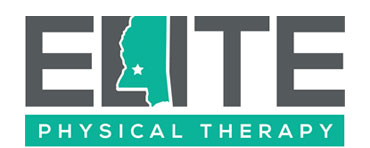What is LSVT-BIG?
LSVT-BIG (Lee Silverman Voice Technique) is an intensive therapy program delivered by specially trained therapists to enhance speech and motor function and slow the progression of Parkinson’s. This program was initially developed to treat the speech and swallowing symptoms associated with the disease. The “BIG” component was developed to address the other functional difficulties associated with Parkinson’s. This includes specific exercises that include large, exaggerated movement patterns that create smoother, larger, and safer movements and can increase quality of life.
Benefits
- Improve flexibility
- Improve balance
- Help patients take larger steps
- Improve walking speed
- Strengthen muscles
Common Diagnoses
A progressive neurological disorder, Parkinson’s disease (PD) can affect the quality of every move a person makes. It is a neurological disease that affects the brain’s ability to produce dopamine, the chemical that helps with smooth, purposeful movements. This disease typically affects people over the age of 60, but can occur earlier in life. More than 50,000 people are diagnosed every year in the United States.
Initial symptoms of the disorder include tremors, limb and trunk stiffness, bradykinesia (slowness of movement), and loss of balance and coordination. Over time, these symptoms get worse, and individuals can have difficulty with simple tasks such as walking and talking. As the symptoms progress, ‘freezing’ can develop. This is when the individual has difficulty starting to walk again after stopping or difficulty stopping walking after started. This can lead to increased chance of falls.
While there are no cures for PD, common intervention includes a combination of medications and physical therapy, and in some cases, surgical intervention. The use of physical therapy is a conservative measure that can dramatically help reduce symptoms.
*Services are not available at all locations. Call or click the location page near you for that center’s services.
What to Expect
Every patient has a unique health history, diagnosis and personal goals. When you come for your first appointment, we will create a personalized treatment plan for you.
We work with most major insurance providers and do our best to help keep the paperwork pain-free. If you’d like to confirm your insurance coverage, please let us know and we can verify when you schedule. If your insurance provider requires a co-pay, we will ask for this payment at each visit. We accept payments by cash, check or credit card.
When to Arrive
On average, a patient’s first visit lasts about an hour. We typically ask patients to arrive 15 minutes early to sign-in, complete paperwork and/or change clothes.
What to Bring
On your first visit, you’ll need to bring your physician referral or prescription (if needed), your insurance card, your primary registration forms, your ID or driver’s license and your co-payment (as applicable). If desired, you may bring a change of clothing.
How it Works
During your first visit, your physical therapist will do an initial evaluation and discuss your plan of care. The therapist uses this information to set goals for your continued treatment. Physical therapy goals may include improved movement, strength, endurance and flexibility, as well as decreased pain. Your subsequent visits will focus on treatment that is based on your diagnosis and individualized goals.

